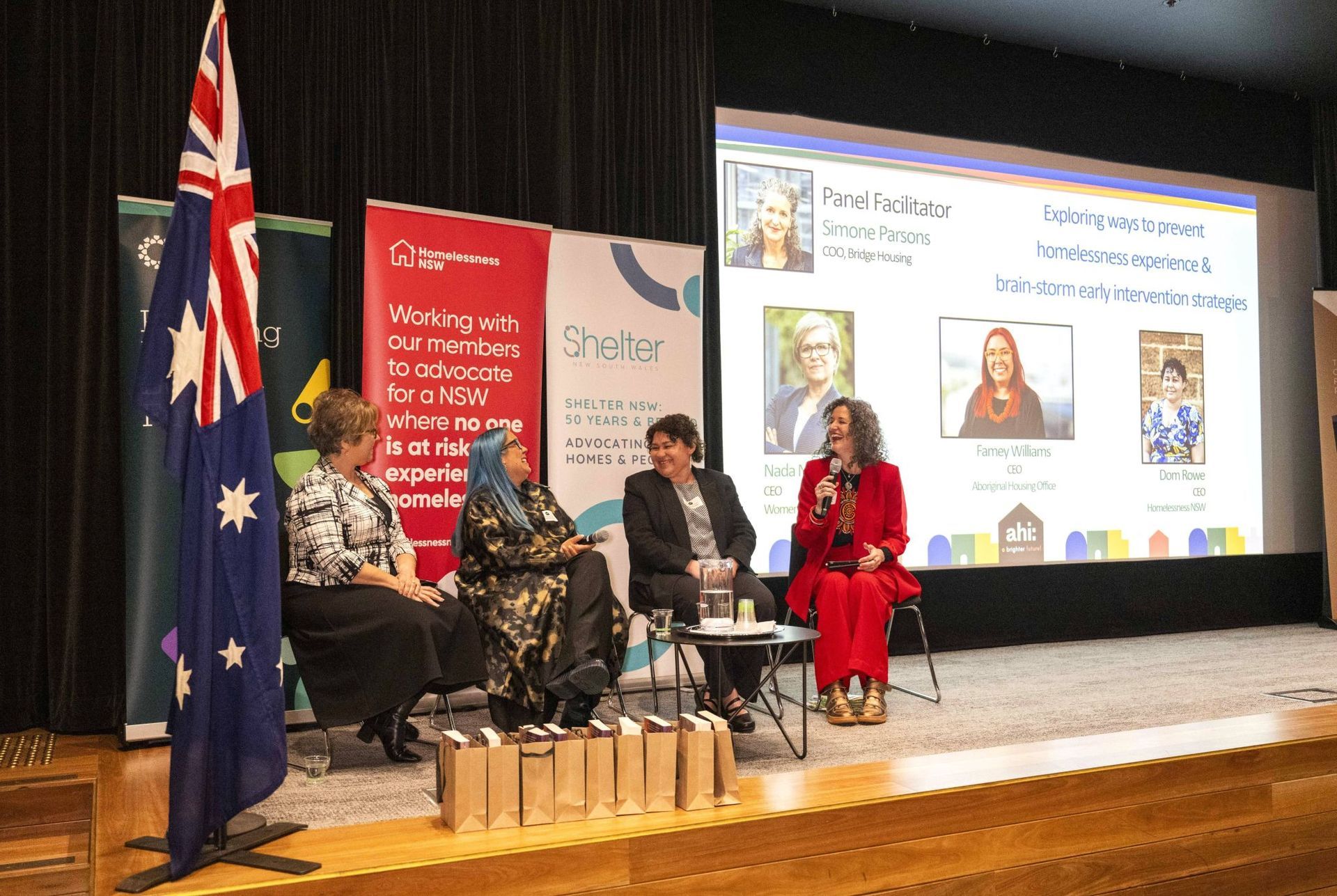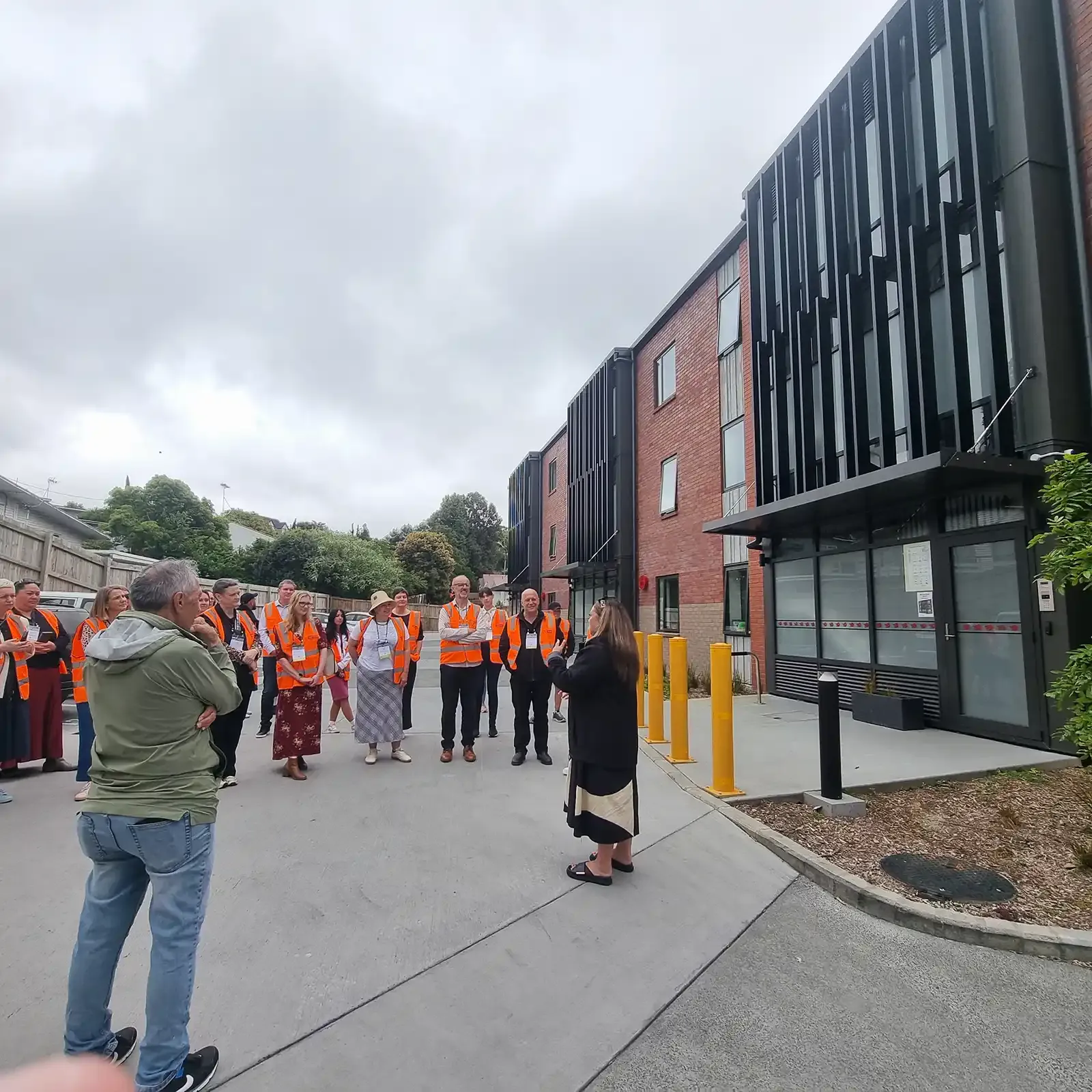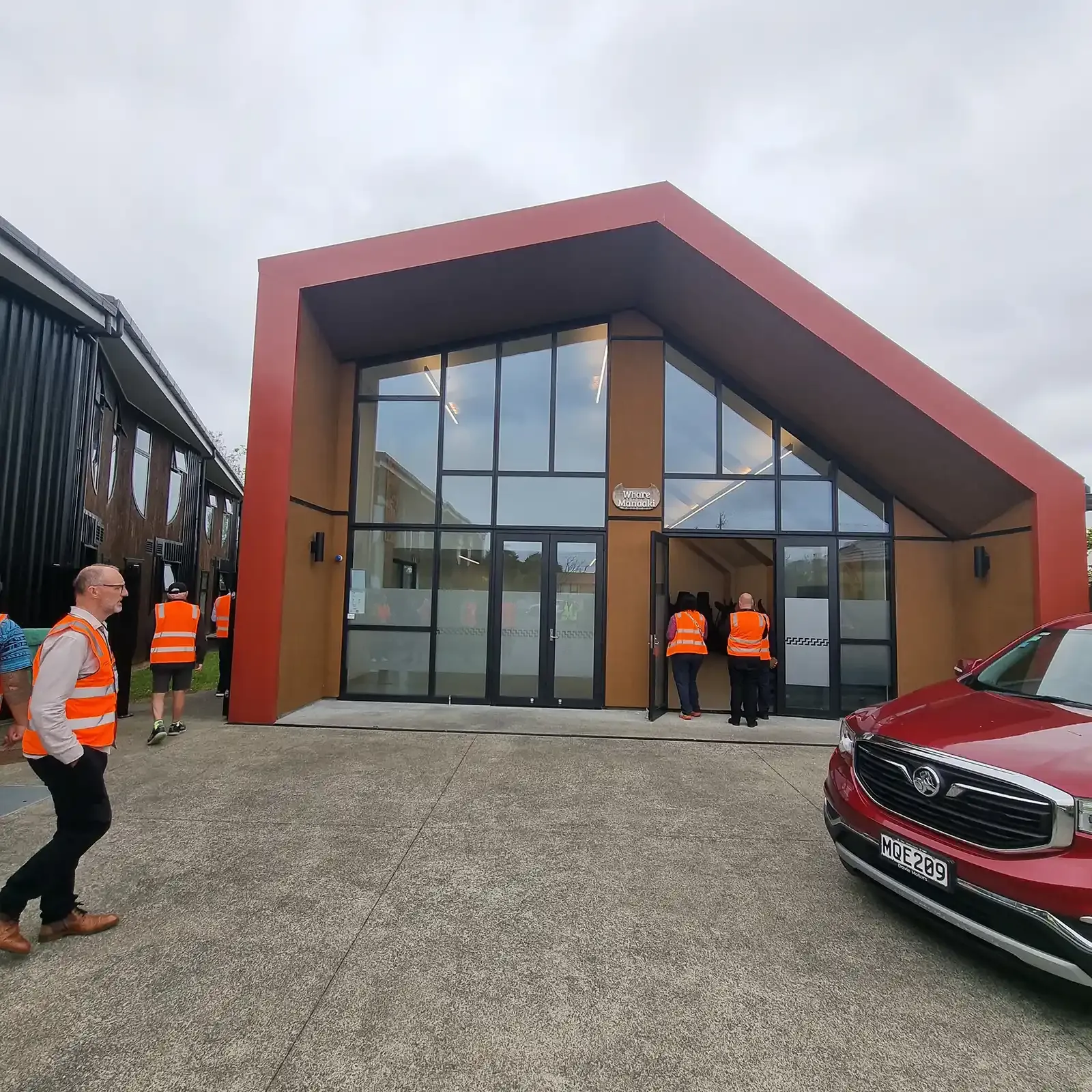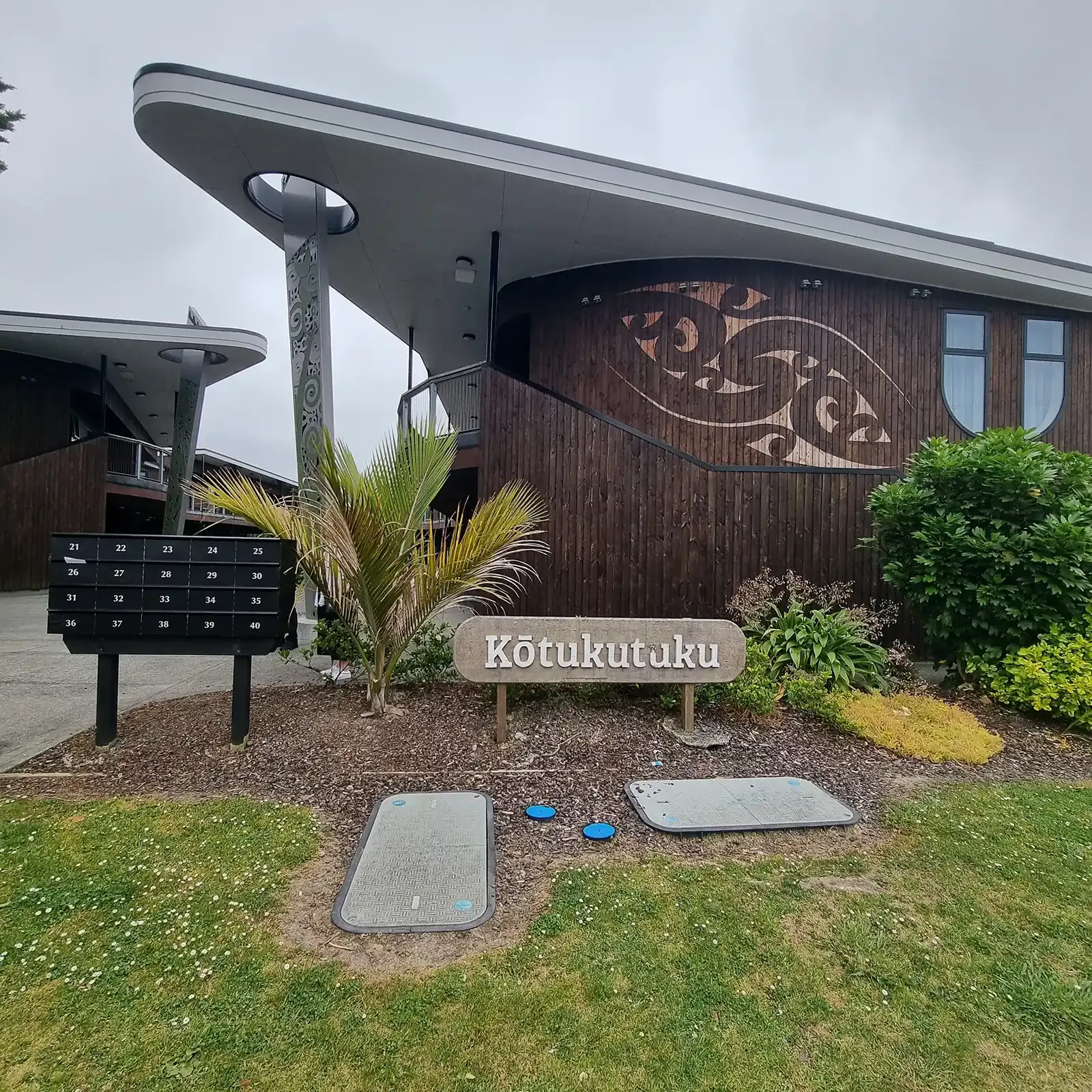Robert Macbeth, ahi: Director and Head of Housing (Kaiarahi Kāinga) at Tauhara North No 2 Trust (Tauhara North Kāinga Ltd), attended the 2024 Community Housing Aotearoa Conference in Tamaki Makaurau (Auckland) in November where he represented the ahi:, consistent with the longstanding cooperation and support between the ahi:, CHA and Te Matapihi in Aotearoa. He shares some observations with us.
In his introduction to the conference, Paul Gilberd (CHA’s CEO) wrote the following, which wearing my ahi: hat, I found most illuminating:
At last year’s conference in Otautahi / Christchurch, participants were asked to let us know how many years they had worked in housing. The answer provided was that we had over 5,600 years of relevant experience in the room! This accurately reflects the knowledge that is collectively held by all of us as a sector.
That knowledge and, I’d add, institutional memory (having caught up with colleagues going back to the 1980s!), demonstrates the professionalism and tenacity held by us in the sector, which is where the ahi: comes in, of course. The importance and contribution of recognised professional membership across our Australasian jurisdictions should not be underestimated.
This year’s CHA Conference was particularly important as it’s the 20th anniversary of CHA as our community housing sector voice in Aotearoa. The theme was 'Growing Together – Sharing our Knowledge'; a particularly pertinent theme given our change in government focus in Aotearoa and the inevitable uncertainty this creates and the need to adapt to changing paradigms. Unfortunately, this is the nature of the industry we passionately serve – those of us who have seen governments come and go are used to this ‘up and down’ cycle.
"It's really hard being a community housing provider and a professional in our sector in Australasia with the level of uncertainty that we have to cope with regularly."
I do look with envy at other countries that don’t seem to have the same pattern that we face here. I recall one housing association CEO from the UK saying a few years back that, since 1974––while the quantum of government investment and particular focus may vary year to year––the community housing sector in the UK has been able to plan with some certainty of continuance. It's really hard being a community housing provider and a professional in our sector in Australasia with the level of uncertainty that we have to cope with regularly.
This provides a little of the context to this year’s conference and many side conversations. Without getting into detail of all the amazing workshops and plenary sessions, I did just want to make two observations that readers may be interested in.
When the ministers spoke, they made a deliberate point of being, in their words, “agnostic about who builds and owns social housing”. This, of course, goes to that perpetual debate in our part of the world (it doesn’t seem to be an issue in other western countries) of the role of public housing (owned and operated by government agencies) and community housing.
"I fear the Government’s focus may be less about strategy and ‘housing vision' and more about economics and market forming."
In New Zealand, the current Government has, apparently, a philosophical contempt for Kāinga Ora and is focusing any growth to be through the community housing sector – hence ‘agnostic’ means growth by anyone other than Kāinga Ora. As a community housing advocate, I accept this makes sense––let the public housing authority focus on retaining and managing what they have and grow the community housing sector. But I fear the Government’s focus may be less about strategy and ‘housing vision' and more about economics and market forming.
Don’t assume, though, that this focus comes with significant capital/equity investment for the community housing sector––it doesn’t, which leads me to my second observation.
The New Zealand Government has now fully turned its attention to reliance on demand-side subsidies––Income Related Rent Subsidies (with operating supplements)––made available to registered CHPs in New Zealand as its principle way of funding social housing growth.
Most capital grant and partnership initiatives have been cancelled. The Government has a target to grow social housing by 1,500 homes using this IRRS funding mechanism exclusively with CHPs. This does have some benefits to our sector here––it potentially starts to create a ‘level playing field’ with Kāinga Ora (which like state and territory housing authorities in Australia used to have a monopoly access to IRRS), and it has made it possible for some CHPs to grow with the certainty of adequate forward revenue.
"Perhaps I’m old school in my belief that a financially sustainable community housing operator has both equity/balance sheet and cashflow?"
The down side is the lack of access to capital/ equity/ capital grants to actually pay for the homes up front. The Minister announced that some IRRS may now be capitalised (is this a proxy capital grant?) but, clearly, they are seeking a bigger role for institutional investors at the capital level. What will this mean for community housing providers in the future––operators of houses that are owned by investors, without balance sheet but with guaranteed operating revenue? Perhaps I’m old school in my belief that a financially sustainable community housing operator has both equity/balance sheet and cashflow?
In short, I think New Zealand may provide some interesting innovation and lessons for the funding of social housing growth––watch this space.
As housing people, we love visiting the fantastic community housing homes provided by our CHPs. The Conference ended with two bus trips of Auckland community housing developments, and I wanted to showcase the ones I visited. I believe that community housing strength is its diversity and close connection with its communities of interest. This was fully on display.
Nga Kāinga Manaaki – Tauhara North Kāinga Ltd – Mt Wellington
The 30-apartment (1, 2 and 3-bed) affordable rental home development was completed in April 2024.
Ngā Kāinga Manaaki is a NZD$26 million development, with the Government (through Te Puni Kōkiri) contributing NZD$12.3 million – about 48% of the cost. Tauhara North No 2 Trust (based in Rotorua) contributed the other 52% and sees this as a positive example of how iwi/Māori organisations can actively contribute and co-invest in meeting the housing needs of their whānau, in partnership with the Crown.
Consistent with their partnership principles, Te Kāinga Atawhai, an Auckland-based Māori CHP, provides culturally appropriate on ground tenancy and property management services. Concurrently, Te Mahurehure Marae is contracted to provide wrap-around support for whānau at Ngā Kāinga Manaaki as required.
This is an example of an urban-based ‘papakāinga like’ community based on Māori values, which includes wraparound support – it's more than just affordable rental housing.
Mahi Tahi Kāinga Trust, Kōtukutuku Papakāinga – Otara
‘’A community where whānau reach their full potential’’
Opened in February 2021, this development consists of 41 single bed apartments, a whanau apartment and whare manaaki. For me, these homes exemplify the benefits of holistic delivery of support with housing, and, in this case, in a Māori way.
In our sector, we often hear, especially from our regulatory authorities, the need to separate wraparound support from tenancy and property management. In a Māori worldview context, such separation is infeasible and is contrary to a holistic approach. I saw elements of ‘supportive housing’ (such as Commonground), ‘housing first’ and kaupapa Māori delivery. It was inspiring.
Mahitahi Trust is a kaupapa Māori mental health and addictions NGO and the Kāinga Trust is a Housing Provider - the two arms being fully complementary. The team passionately explains that it is not just about being a housing or a mental health Provider but a blending of the two-service delivery ends of each arm, which they define this as being traditional whānau ora (family wellbeing).
The architecture and communal spaces were ‘traditionally inspired state of the art’.
Housing Foundation – Watchfield Close, Molesworth Place, Māngere West – Mangere
We visited the Kāinga Ora base for community renewal in the Mangere suburb, which took me back to some of the community renewal initiatives in which I was involved in Victoria, notably Norlane in Geelong. Of particular interest, was the active role of community housing, and particularly that of the Housing Foundation in supporting local families on their pathway to home ownership:
"The Housing Foundation has taken the opportunity to secure development sites in Mangere and be part of the significant regeneration of the area being led by Kāinga Ora. We’re really starting to see a fresh look to Mangere with new homes, new streetscapes, parks and community spaces. The Housing Foundation has recently built and sold 37 homes across three sites and another 115 homes at the consenting stage covering another three sites. Plus, we are also considering additional Mangere sites to further increase our presence in this vibrant and diverse community."
"This is an exciting long-term project for us and one where we acknowledge the great transformational work already achieved by the Mangere Kāinga Ora team. We enthusiastically share their vision for Mangere with new high-quality homes supporting the creation of a stronger, engaged and connected community. We hope our new homes give local residents a chance to achieve their homeownership dream and build a future for their families in familiar surroundings."
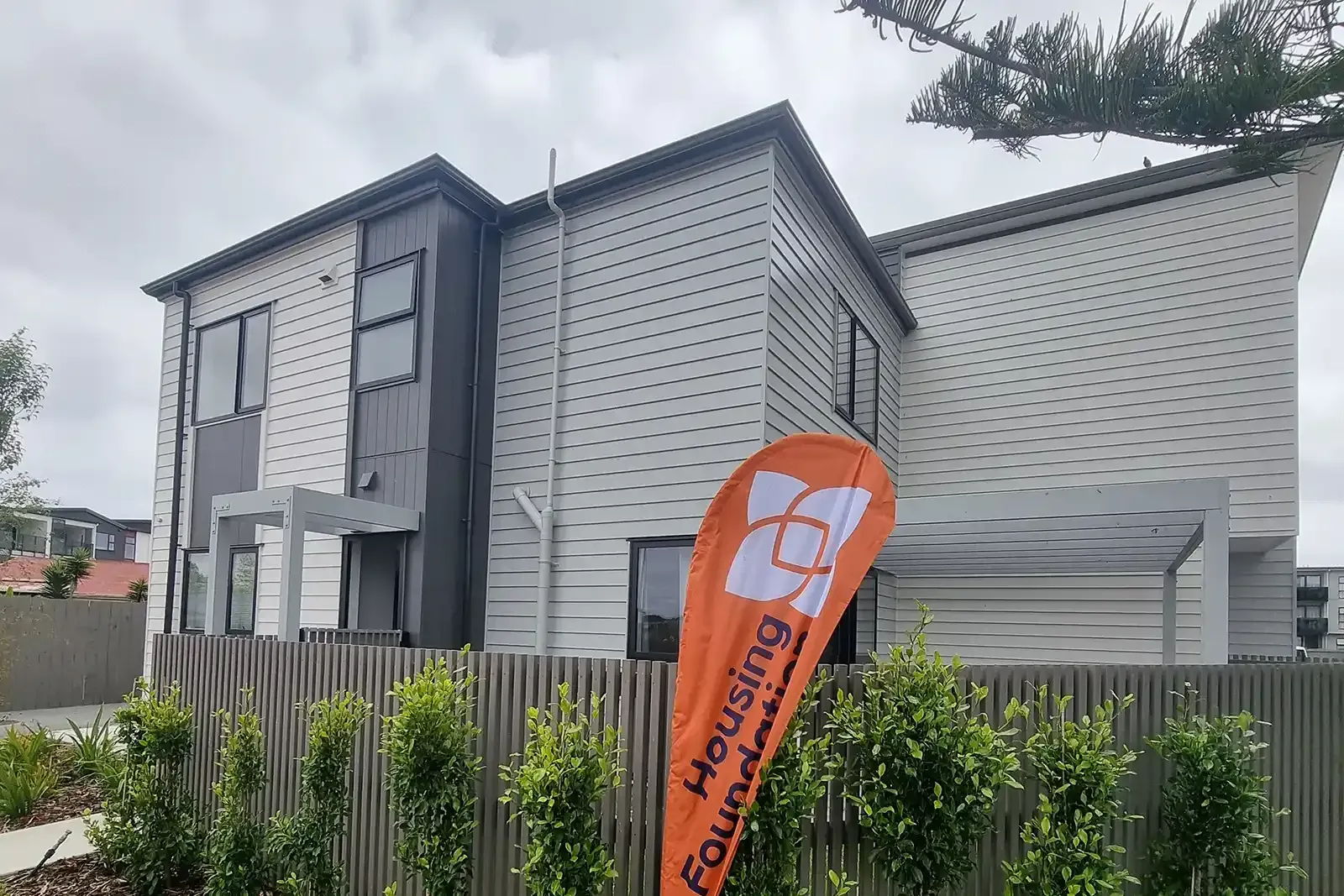
Housing Foundation, CORT and Abbeyfield, Puhinui Park – Manukau
Community housing people understand the importance of mixed tenure, blind tenure and comprehensive urban development. In the absence of enforced inclusionary zoning, we take the opportunity to create our own inclusive communities, and Puhinui Park is a great example of a successful model:
"Starting in 2019 and completed in 2022, Housing Foundation joined with partners Te Tumu Kainga (TTK) and CORT Community Housing to develop this greenfield 5-hectare site. Sitting adjacent to the Manukau train and bus stations with very handy motorway connections, this development has proven very popular with first home buyers."
"The Manukau City Centre is only a 300m walk away with great shopping and entertainment, which has added to the attractiveness and desirability of the location. The Partnership constructed a total of 157 dwellings at Puhinui Park comprising a mix of 2, 3- and 4-bedroom terrace homes plus 4 walk up apartment blocks with 1- and 2-bedroom units. The development now has a dynamic Residents Association that is fully engaged with supporting the neighbourhood, helping make Puhinui Park a highly connected community and a truly amazing place to live."
The diversity of housing in what is clearly a sought-after community stands out. We visited social rental homes, an Abbeyfield home for older renters (in a hostel-type arrangement) and progressive home ownership properties.
CORT, the owner of social rental homes, was asked whether there was any negative feedback from owner-occupiers or investors. The answer was 'absolutely not', in fact the community values the rental tenancies. Is this a positive story for inclusionary zoning or what?
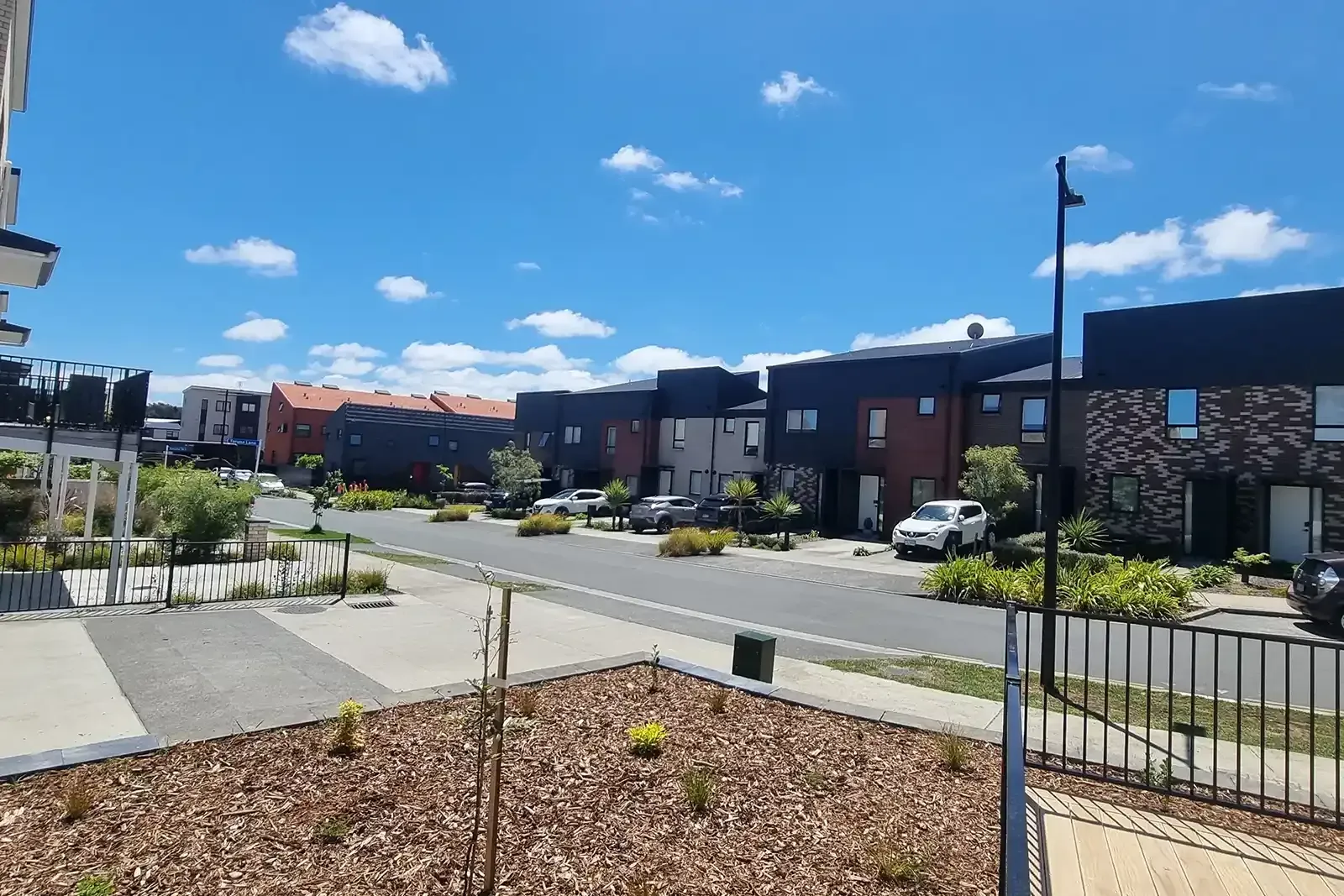
In conclusion
With the Conference theme of ‘Growing together – sharing our knowledge’, the tour of community housing demonstrated the diversity, capacity and connectedness of community housing. In all of the examples, the closeness to communities of interest and the concept of partnership — working together — was particularly evident.
This is community housing!
If our governments fully understood this, it would be a no-brainer to properly invest in community housing growth (and please excuse the photos – I am not a photographer!)
Share This Article
Other articles you may like
